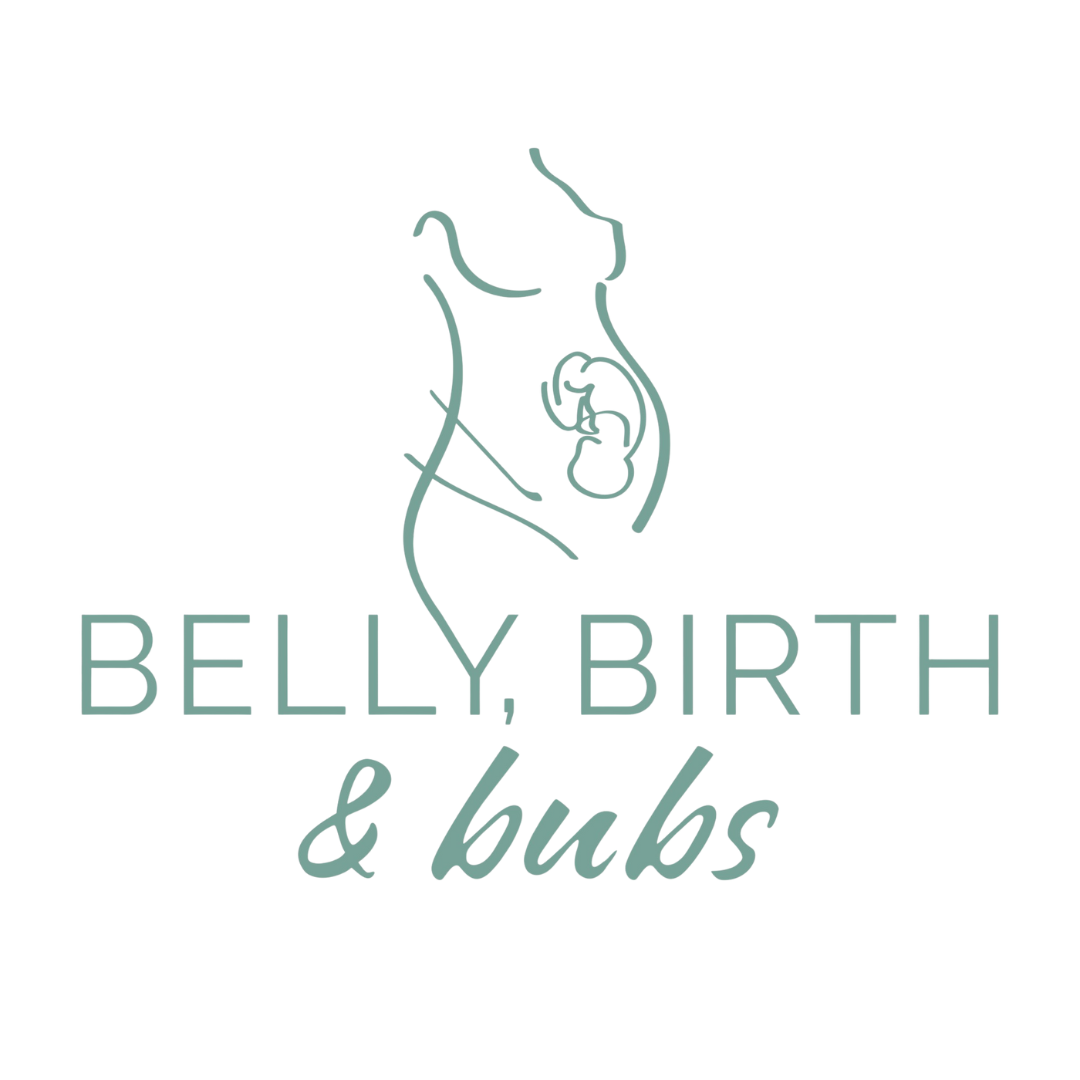How your baby moves through the Pelvis (and how you can help!)
When we picture birth, it’s often simplified: baby goes down, and baby comes out. But the reality is so much more fascinating (and reassuring).
Your baby doesn’t simply slide through your pelvis. Instead, they navigate it — rotating, turning, and adjusting in response to your body’s shape and movements. Think of it as a carefully choreographed dance between you and your baby.
Understanding this dance, and learning how your own movements influence it, can make labour smoother, shorter, and more manageable.
The Pelvis: More Than Just a Tunnel
Your pelvis isn’t one solid piece — it’s a dynamic, flexible structure. The ligaments and joints soften in pregnancy thanks to hormones like relaxin, and that means your pelvis can shift and open in remarkable ways.
Importantly, the pelvis has three main levels:
The inlet (top) — where baby first enters
The midpelvis — the narrowest section, where baby rotates
The outlet (bottom) — where baby finally emerges
At each level, baby makes specific movements to navigate through. This sequence is known as the cardinal movements of labour — engagement, descent, flexion, rotation, extension, and so on.
But here’s the part many people don’t realise: your posture, position, and movement can either open up or restrict these spaces.
Cardinal movements
How Movement Supports Baby’s Journey
During labour, the way you move matters. Your body isn’t just a passive space — it’s an active partner in guiding your baby earthside.
Here are some powerful strategies:
✨ Stay upright and mobile
Gravity helps baby descend, and upright postures (standing, kneeling, sitting on a birth ball, hands and knees) give baby more room to move. Even small things — like gentle swaying, hip circles, or walking — can encourage progress.
✨ Switch positions regularly
Changing positions every 20–30 minutes prevents baby from getting “stuck” in one spot. Think of it like gently nudging them along the path.
✨ Open the inlet (the top of the pelvis)
In early labour, forward-leaning positions (hands and knees, lunges, sitting on a birth ball leaning forward) create more space at the top to help baby engage.
✨ Make room in the midpelvis
As contractions intensify, asymmetrical movements are especially helpful — think lunges, side-lying with a peanut ball, or one foot up on a chair. These encourage baby to rotate through the midpelvis.
✨ Widen the outlet (the bottom of the pelvis)
When it’s time to push, positions that open your sit bones (like squatting, hands and knees, or supported kneeling) create maximum space for baby to emerge.
✨ Use tools to your advantage
Birth balls, peanut balls, rebozos, and even chairs or bed rails can help you find and maintain positions that feel good while also supporting baby’s movements.
✨ Rest wisely
Yes, rest matters too! Side-lying with a peanut ball or pillows can help your body relax while still keeping the pelvis open.
Why This Knowledge Changes Everything
Here’s the thing: most care providers are focused on monitoring labour progress and keeping you and baby safe — which is exactly what we want them to do. But that means they often don’t have the time (or sometimes the training) to guide you through all of these subtle but powerful adjustments.
That’s why learning these tools before labour makes such a difference. You’ll know how to move with purpose, when to switch positions, and how to work with your partner to make space for your baby every step of the way.
Where to Learn More:
These tips are just the beginning. In my Online Birth Program, I go much deeper — showing you:
The exact movements and positions to use at each stage of labour
How your birth partner can support you (with simple, practical techniques)
Tools and tricks for helping baby rotate if things slow down
Ways to use movement to reduce pain and avoid unnecessary interventions
It’s everything I teach my clients, packaged in a way you can revisit at home and practice before the big day.
If you want to feel confident, prepared, and supported in helping your baby navigate the pelvis smoothly… this is where you’ll find it.
👉 [Click here to join the Online Birth Program] — and give yourself the tools to make labour work with you, not against you.

